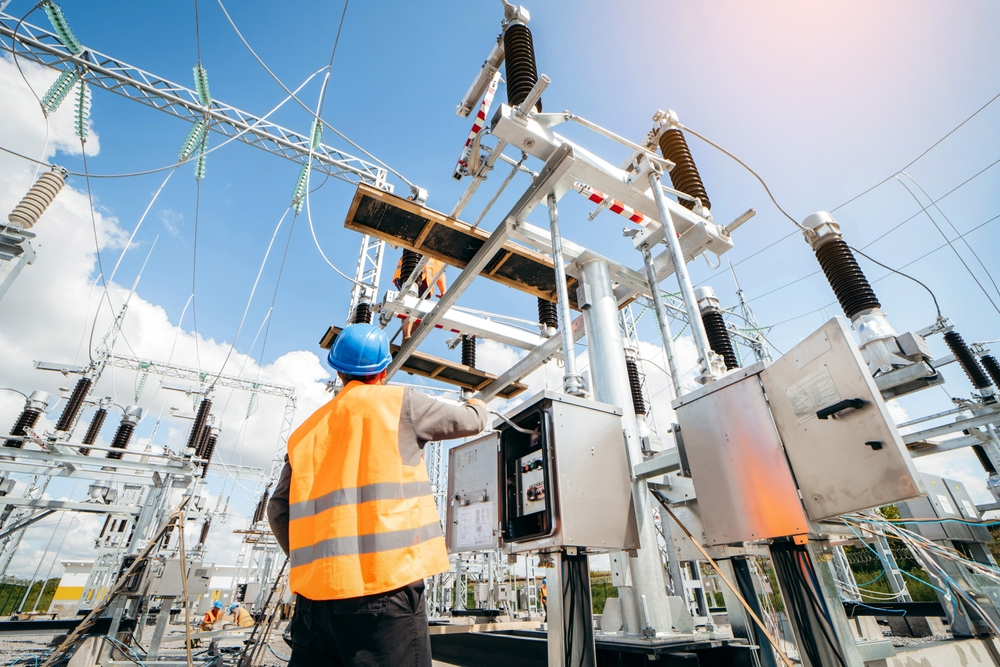What Does Roar Solutions Do?
What Does Roar Solutions Do?
Blog Article
Some Known Factual Statements About Roar Solutions
Table of ContentsAn Unbiased View of Roar Solutions5 Simple Techniques For Roar SolutionsThe Basic Principles Of Roar Solutions
In such an ambience a fire or surge is feasible when three standard conditions are met. This is usually described as the "dangerous area" or "combustion" triangle. In order to safeguard installments from a potential explosion an approach of evaluating and identifying a possibly dangerous location is required. The objective of this is to guarantee the correct choice and installation of tools to eventually stop a surge and to ensure safety of life.
(https://au.pinterest.com/pin/1124703706941720474)
No tools should be installed where the surface temperature level of the equipment is higher than the ignition temperature of the given hazard. Below are some common dirt hazardous and their minimum ignition temperature. Coal Dirt 380C 225C Polythene 420C (melts) Methyl Cellulose 420C 320C Starch 460C 435C Flour 490C 340C Sugar 490C 460C Grain Dust 510C 300C Phenolic Resin 530C > 450C Aluminium 590C > 450C PVC 700C > 450C Soot 810C 570C The probability of the threat being existing in a concentration high adequate to trigger an ignition will certainly vary from area to place.
In order to classify this danger an installation is separated right into locations of threat relying on the amount of time the hazardous is present. These locations are referred to as Areas. For gases and vapours and dirts and fibers there are three areas. Zone 0 Area 20 A dangerous ambience is extremely likely to be present and may be present for extended periods of time (> 1000 hours each year) or perhaps constantly Area 1 Zone 21 An unsafe atmosphere is possible but not likely to be existing for extended periods of time (> 10 450 C [842 F] A category of T6 implies the minimal ignition temperature is > 85 C [185 F] Dangerous area electrical tools perhaps developed for usage in higher ambient temperatures. This would certainly suggested on the score plate e.g. EExe II C T3 Ta + 60C( This implies at 60C ambient T3 will certainly not be gone beyond) T1 T1, T2, T3, T4, T5, T6 T2 T2, T3, T4, T5, T6 T3 T3, T4, T5, T6 T4 T4, T5, T6 T5 T5, T6 T6 T6 A T Course ranking of T1 suggests the optimum surface temperature generated by the instrument at 40 C is 450 C. Presuming the linked T Class and Temperature rating for the equipment are proper for the location, you can constantly utilize a tool with a much more stringent Department ranking than needed for the area. There isn't a clear response to this concern. It truly does depend upon the kind of devices and what repair services require to be accomplished. Devices with particular examination procedures that can not be done in the area in order to achieve/maintain 3rd party score. Should return to the manufacturing facility if it is prior to the devices's service. Field Repair Work By Authorised Worker: Challenging screening may not be required nevertheless certain treatments might need to be followed in order for the equipment to maintain its 3rd party rating. Authorized employees must be used to carry out the job properly Repair work need to be a like for like replacement. New part need to be thought about as a direct substitute requiring no unique testing of the devices after the repair work is complete. Each item of tools with an unsafe score must be reviewed independently. These are outlined at a high level below, yet for even more thorough details, please refer directly to the guidelines.
Some Known Incorrect Statements About Roar Solutions
The equipment register is a comprehensive data source of tools like it records that includes a minimum collection of areas to determine each product's place, technical specifications, Ex lover category, age, and ecological information. The proportion of In-depth to Close assessments will certainly be determined by the Tools Danger, which is assessed based on ignition threat (the probability of a source of ignition versus the possibility of a flammable ambience )and the harmful area category
( Zone 0, 1, or 2). Carrying out a robust Risk-Based Examination( RBI )method is vital for making certain compliance and safety in taking care of Electrical Devices in Hazardous Areas( EEHA).
The Definitive Guide to Roar Solutions

In terms of explosive danger, a harmful location is a setting in which an explosive environment exists (or might be anticipated to be present) in amounts that need unique safety measures for the building, installation and use of equipment. eeha. In this short article we discover the obstacles dealt with in the work environment, the danger control procedures, and the called for expertises to work securely
It issues of modern-day life that we manufacture, save or take care of a variety of gases or fluids that are regarded flammable, and a series of dirts that are deemed flammable. These compounds can, in certain problems, form explosive atmospheres and these can have significant and awful repercussions. The majority of us are acquainted with the fire triangle get rid of any kind of among the three aspects and the fire can not happen, yet what does this mean in the context of harmful areas? When damaging this down into its easiest terms it is basically: a mix of a certain quantity of release or leakage of a specific material or material, blending with ambient oxygen, and the visibility of a source of ignition.
In a lot of circumstances, we can do little concerning the levels of oxygen in the air, yet we can have significant impact on sources of ignition, for instance electrical devices. Harmful areas are documented on the dangerous location category illustration and are identified on-site by the triangular "EX LOVER" indicator. Here, amongst various other key info, zones are divided right into three kinds depending upon the risk, the chance and duration that an explosive ambience will exist; Area 0 or 20 is regarded the most dangerous and Area 2 or 22 is deemed the least.
Report this page